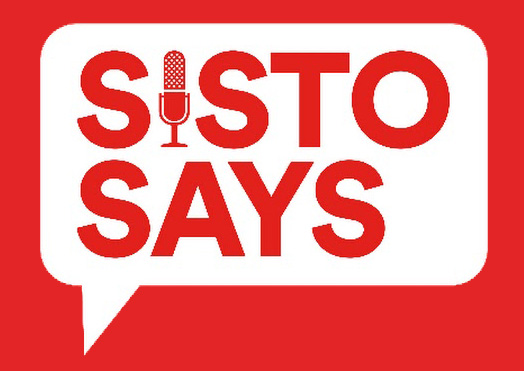The most recent available data shows that buildings account for 37% of global process and operational emissions. In an effort to reduce its own emissions by 80% by 2050, New York City has updated Local Law 97 of 2019 by enacting what is being hailed as the most ambitious building emissions reduction legislation in the world.
Broadly, Local Law 97 requires phased compliance with greenhouse gas emission reductions for buildings over 25,000 SF. The updates to Local Law 97 introduce a comprehensive framework for ensuring compliance through penalties for non-compliance, credits for beneficial electrification, and technical amendments to facilitate compliance. Key aspects from the updates include:
- Implementation of Article 320 Penalties: Perhaps most importantly, the updates create a structure for civil penalties of $10,000 per building for buildings exceeding their annual GHG emissions limits as of May 1, 2025.
- Consideration of Good Faith Efforts: Building owners who are deemed to have demonstrated good faith efforts will be potentially eligible for reduced penalties.
- Credits for Beneficial Electrification: The updates introduce credits for the transition to electric energy systems, which are aimed at incentivizing energy-efficient installations.
- Technical Amendments and Clarifications: To help encourage compliance, various technical amendments clarify definitions, specify emissions coefficients, and spell out requirements for energy audits and benchmarking.
- Enforcement and Penalty Framework: The enforcement and penalty structure is detailed and outlines factors that may mitigate penalties, including unforeseeable events and good faith efforts.
As part of the enforcement and penalty framework, the updates to Local Law 97 also include a “mediated resolution” provision, which would allow building owners to avoid fines by entering into agreements requiring future compliance with the Department of Buildings (DOB). As discussed in a City Limits article, this provision is concerning to lawyers and environmental advocates because its vague wording could allow building owners to sidestep penalties – removing the “teeth” from the legislation and making it more difficult for the City to achieve its climate goals. The authors also note the relatively small number of DOB staff (currently 11 employees) who will be responsible for overseeing and enforcing city-wide compliance.
The first Local Law 97 reports will be due May 1, 2025. A list of buildings subject to the reporting requirement is available on the DOB website.


